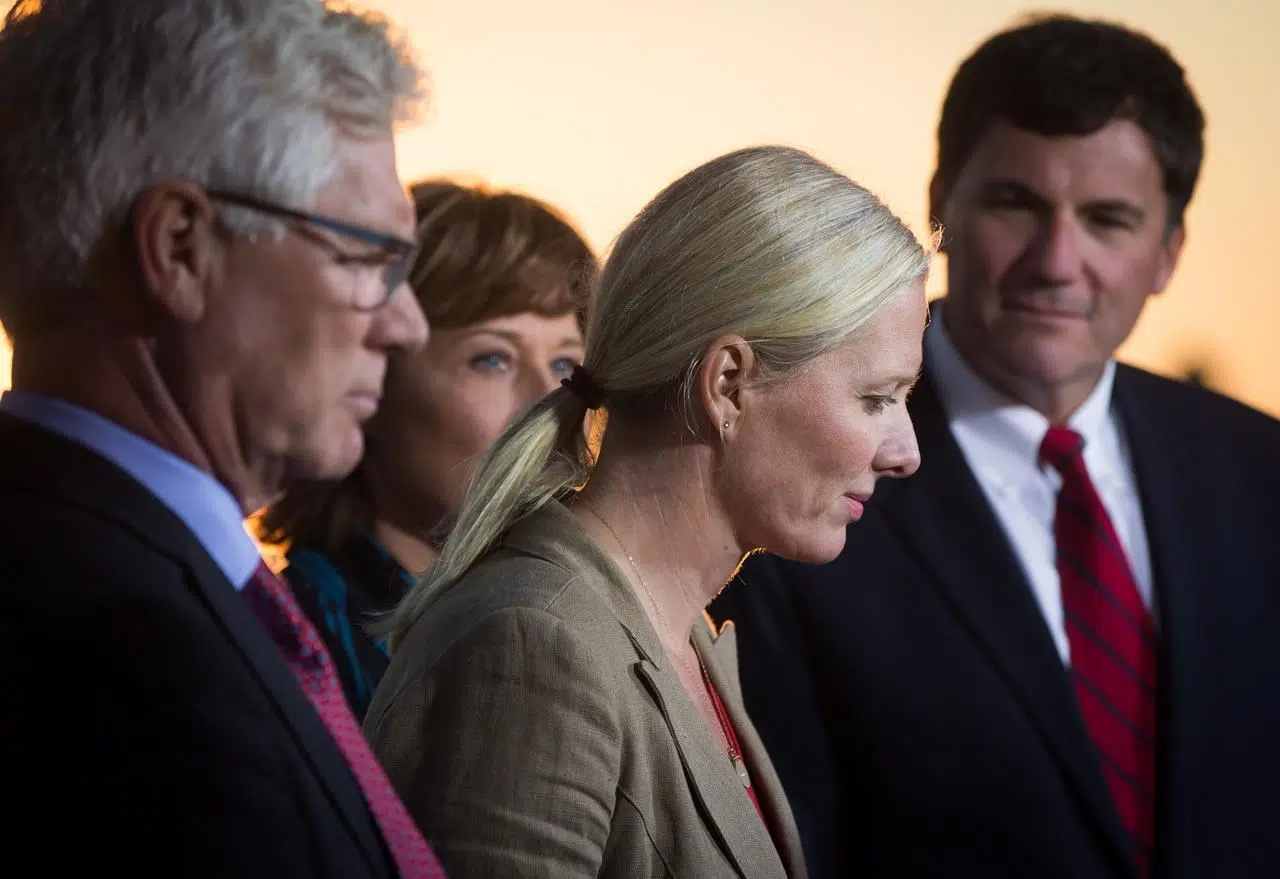
Five things to know about the proposed Pacific NorthWest LNG project in B.C.
OTTAWA — The federal cabinet has conditionally approved the Pacific NorthWest liquefied natural gas project. Here are five things to know about the proposed development:
The Players:
Petronas, the Malaysian state-owned oil and gas giant, is leading the development. It has a 62 per cent stake in both the LNG processing facility on Lelu Island and the natural gas reserves in northeastern B.C. that would feed into it. Other partners include Sinopec with a 15 per cent stake, JAPEX and the Indian Oil Corp. with 10 per cent each, and PetroleumBRUNEI with three per cent.
The Product:


